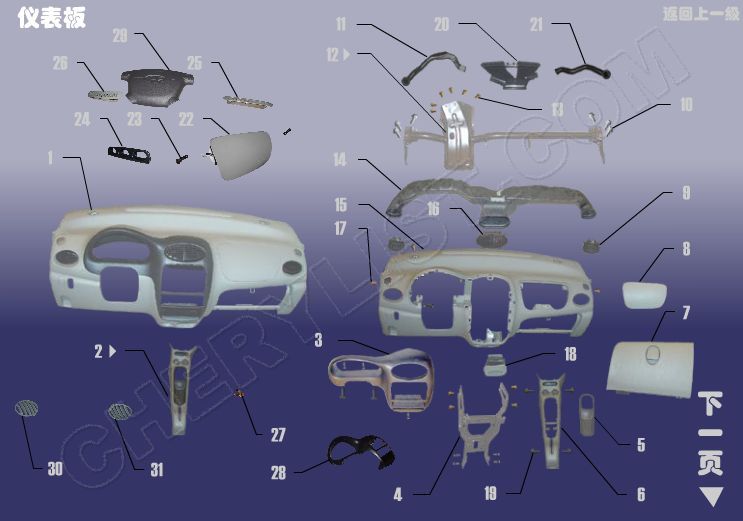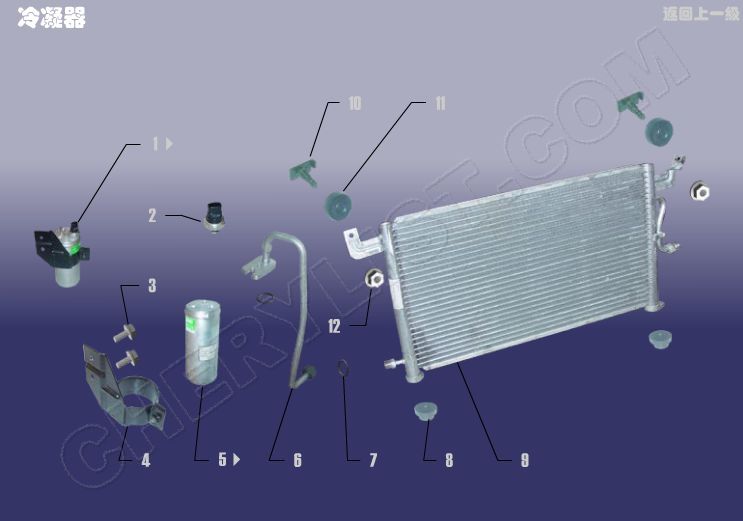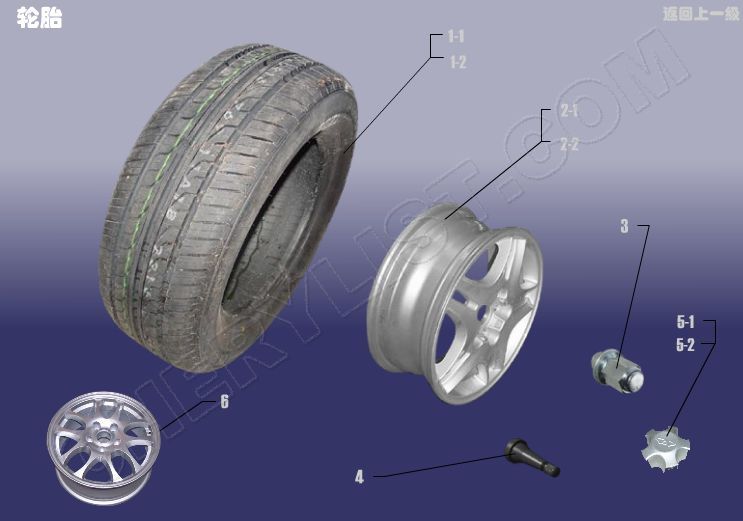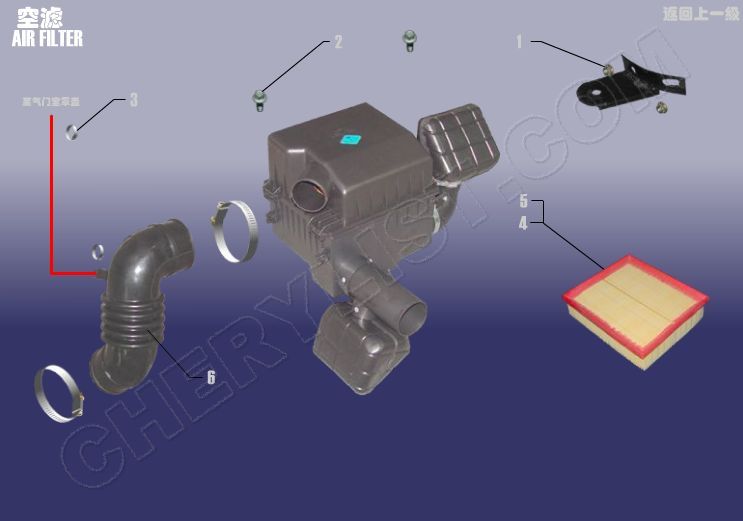2022 China New Design Chery Qq - Excellent quality alternators starters auto parts for chery – Qingzhi
2022 China New Design Chery Qq - Excellent quality alternators starters auto parts for chery – Qingzhi Detail:
| Product name | Alternators |
| Country of origin | China |
| Package | Chery packaging, neutral packaging or your own packaging |
| Warranty | 1 year |
| MOQ | 10 sets |
| Application | Chery car parts |
| Sample order | support |
| port | Any Chinese port,wuhu or shanghai is best |
| Supply Capacity | 30000sets/months |
Maintenance of alternator
1. Disassembly of alternator
2. Inspection of main components of alternator
(1) Inspection and adjustment of V-belt tightness
(2) Inspection and replacement of brush
(3) Inspection of rotor
a. Measurement of field winding resistance
b. Inspection of insulation between field winding and rotor shaft
(4) Inspection of stator winding
a. Inspection of stator winding resistance
b. Inspection of insulation resistance between stator winding and stator core
(5) Inspection of silicon diode
3. Alternator assembly
4. Non disassembly detection of alternator: measure the resistance between each terminal of the generator.
Inspection of regulator
(1) Inspection of ft61 regulator
(2) Inspection of transistor regulator
a. Check with test lamp and DC regulated power supply
b. Check with a multimeter
Power system circuit
1、 Charging indicator control circuit
1. Using neutral point voltage to control through charging indication relay: Taking the control of Toyota generator regulator (with relay) as an example
2. Controlled by nine tube generator
2、 Power system circuits of several vehicle models
1. Power circuit
2. Chery power system circuit
(1) First he excitation
Excitation circuit: battery positive pole → P → 30# → 15# → charging indicator lamp → a16 → D4 → T1 → generator D terminal → excitation winding → regulator → grounding → battery negative pole.
(2) Post self excitation
Excitation circuit: terminal D → excitation winding → regulator → grounding → generator negative pole.
Correct use of generator and regulator and basic methods of fault diagnosis
1、 Correct use of alternator
2、 Correct use of regulator
3、 Basic methods of power system fault diagnosis
1. Charging indicator diagnosis
2. Diagnosis with voltmeter
3. Diagnosis of no-load and load performance
Common troubleshooting of power system
1、 No charging
(1) Fault phenomenon
(2) Diagnostic procedure
2、 Charging current is too small
3、 Excessive charging current
4、 Common fault parts of alternator charging system
Computer controlled voltage regulating circuit and overvoltage protection circuit
1、 Computer voltage regulating circuit
This system provides current pulses to the excitation winding at a fixed frequency of 400 pulses per second, and changes the average value of excitation current by changing the on and off time, so as to make the generator output appropriate voltage.
2、 Overvoltage protection circuit: most of them are voltage stabilizing tube protection circuits.
Product detail pictures:
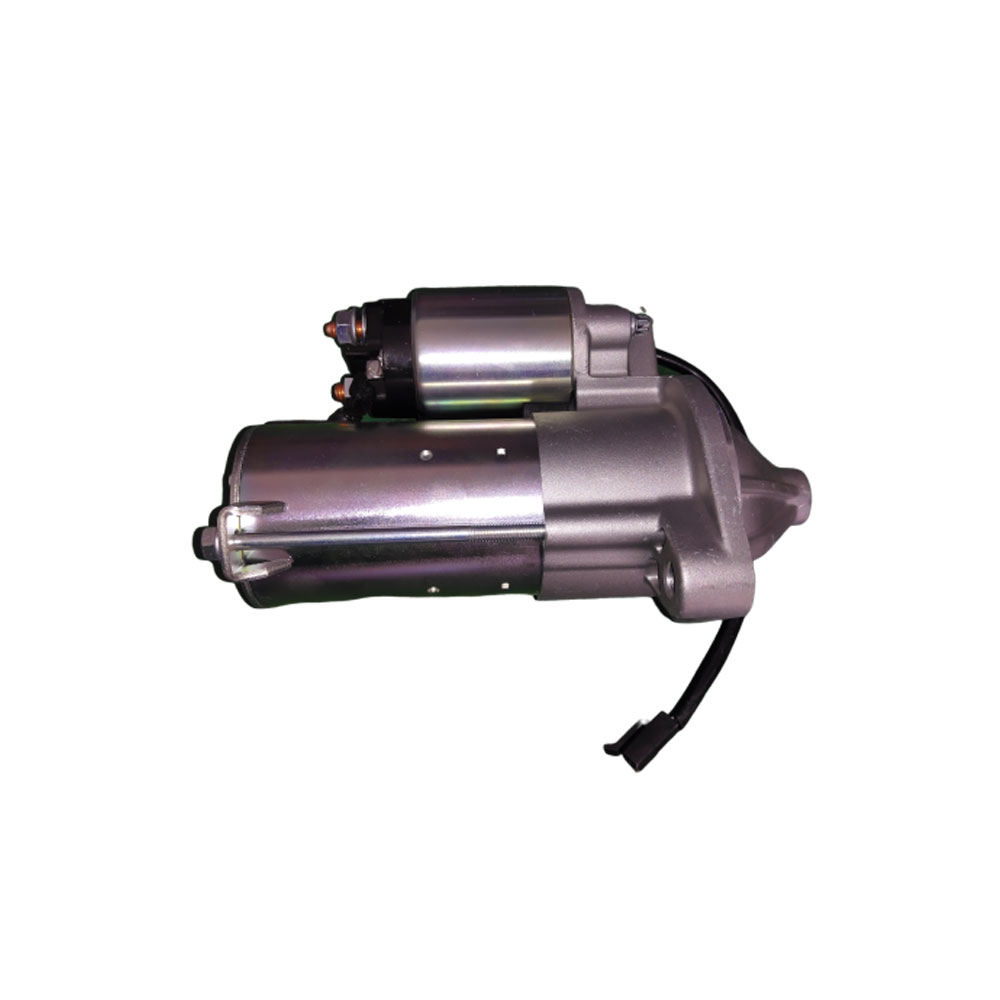
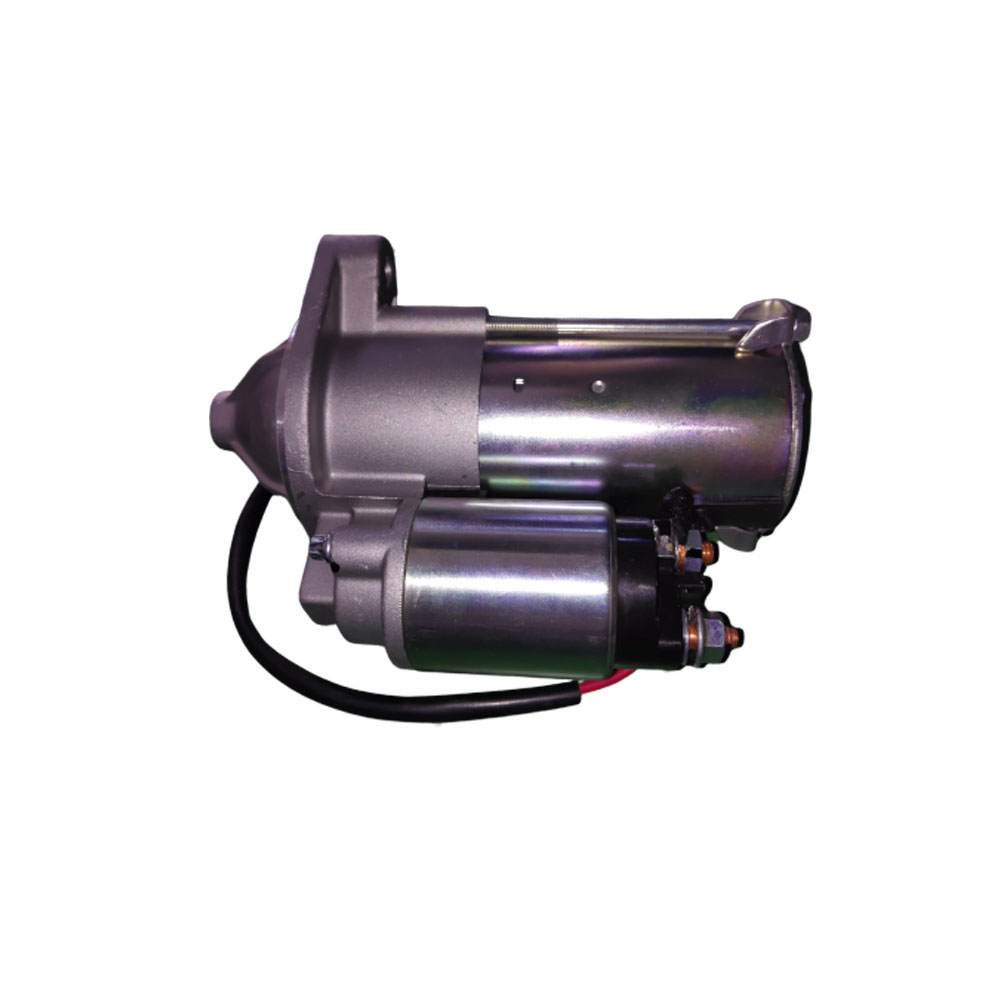
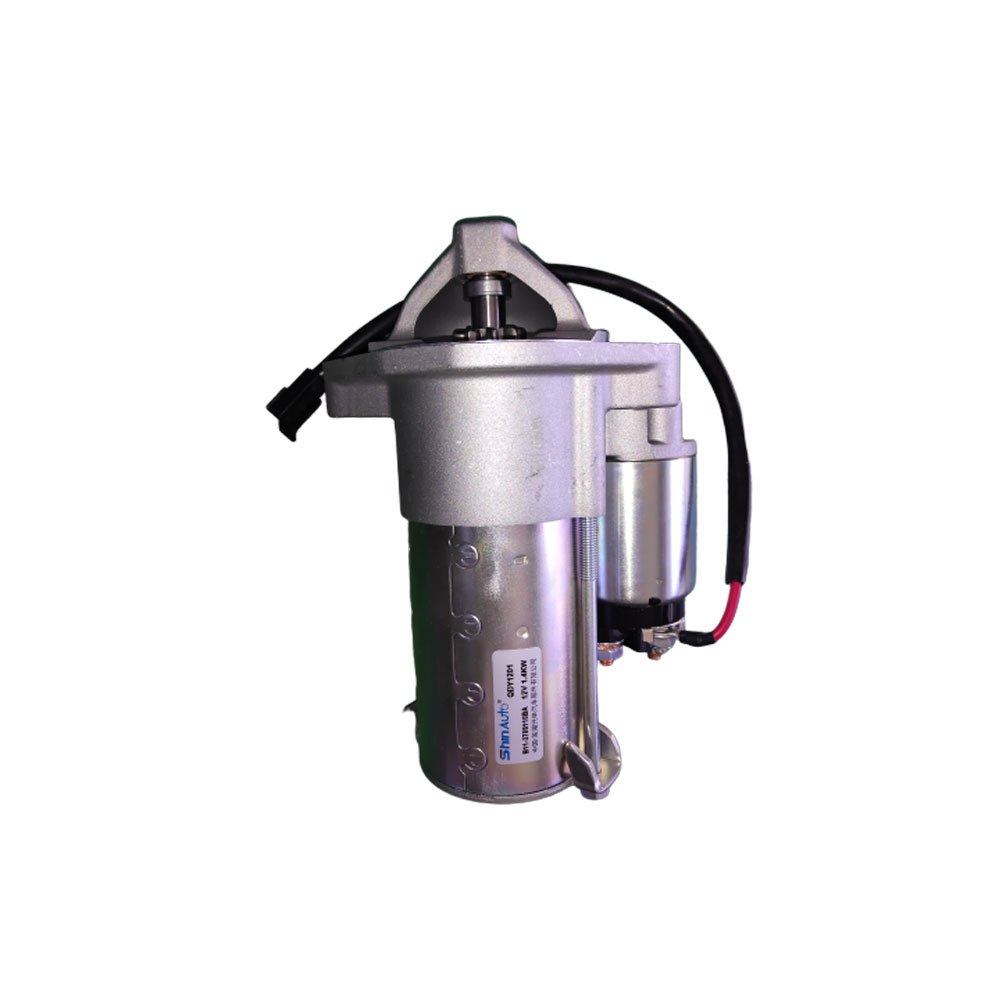
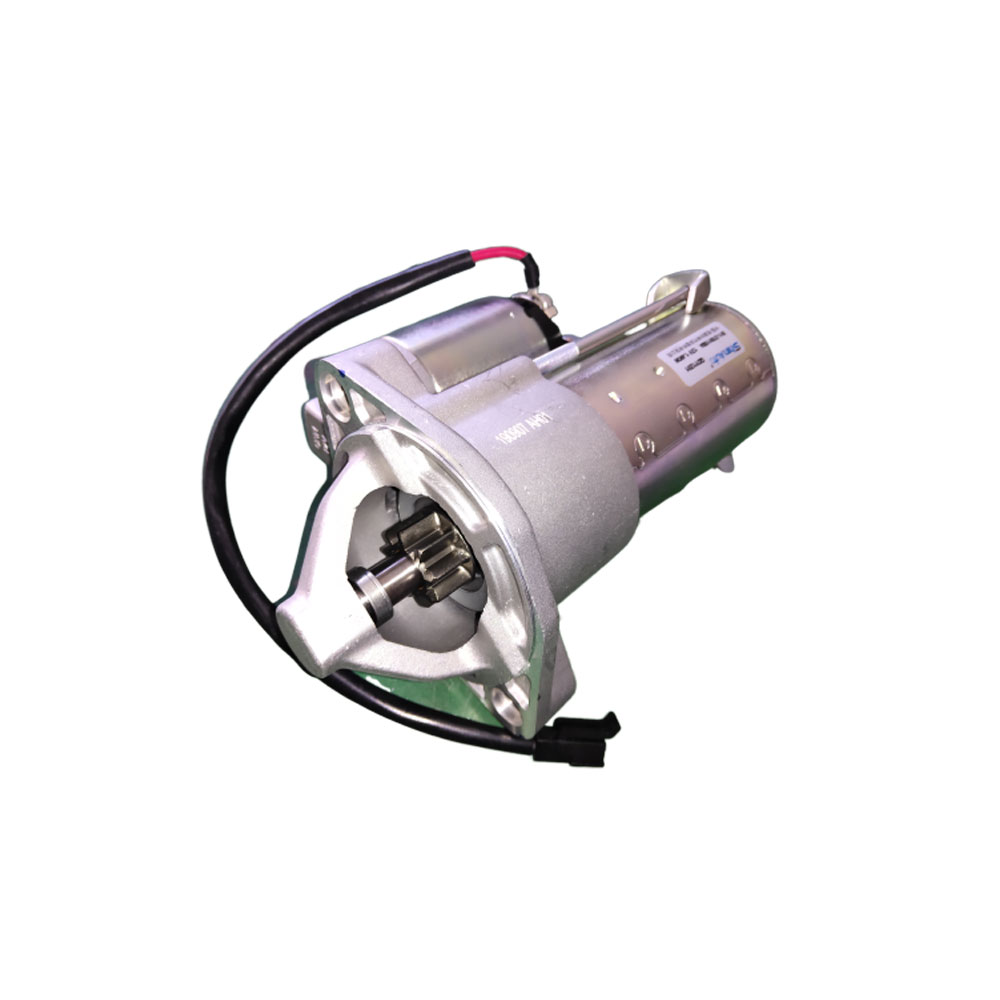
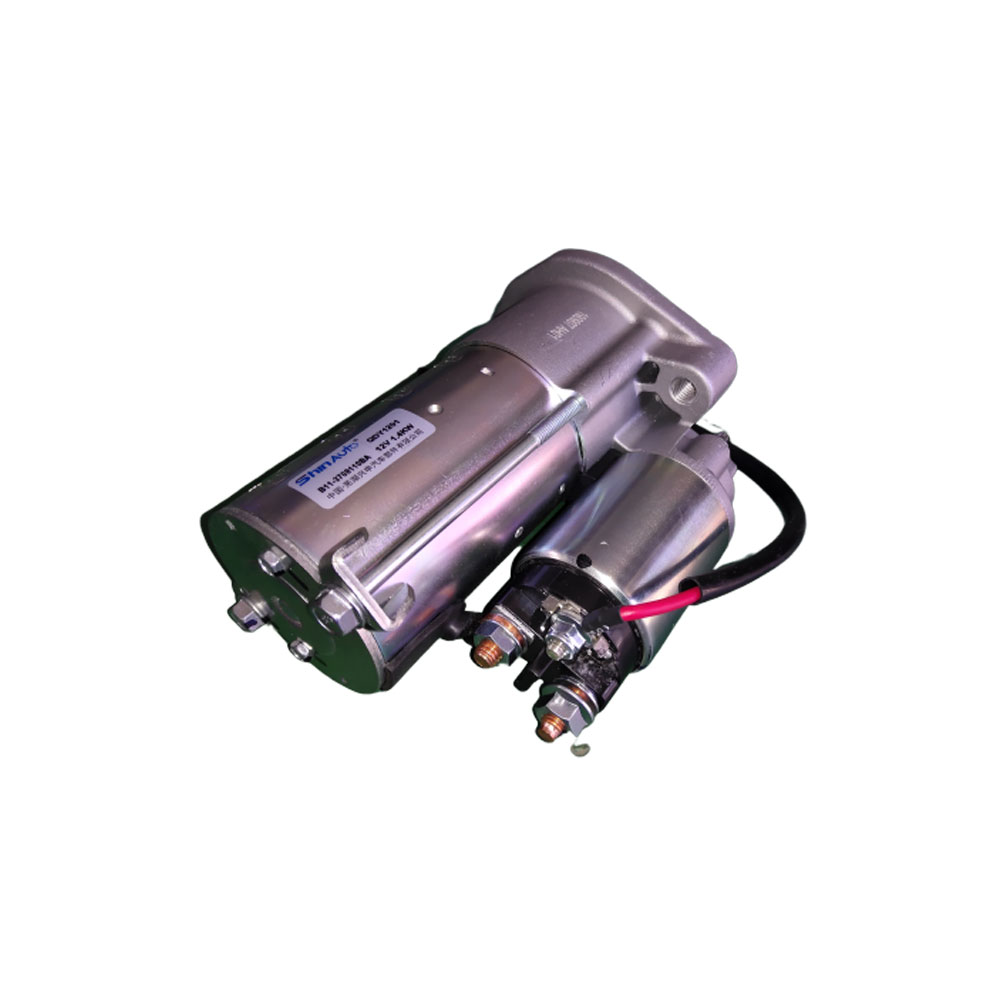

Related Product Guide:
We'll make every effort and hard work being outstanding and excellent, and speed up our techniques for standing during the rank of global top-grade and high-tech enterprises for 2022 China New Design Chery Qq - Excellent quality alternators starters auto parts for chery – Qingzhi , The product will supply to all over the world, such as: Finland , Eindhoven , Lebanon , During in 11 years, We have participated in more than 20 exhibitions, obtains the highest praise from each customer. Our company has been devoting that "customer first" and committed to helping customers expand their business, so that they become the Big Boss !
Staff is skilled, well-equipped, process is specification, products meet the requirements and delivery is guaranteed, a best partner!



